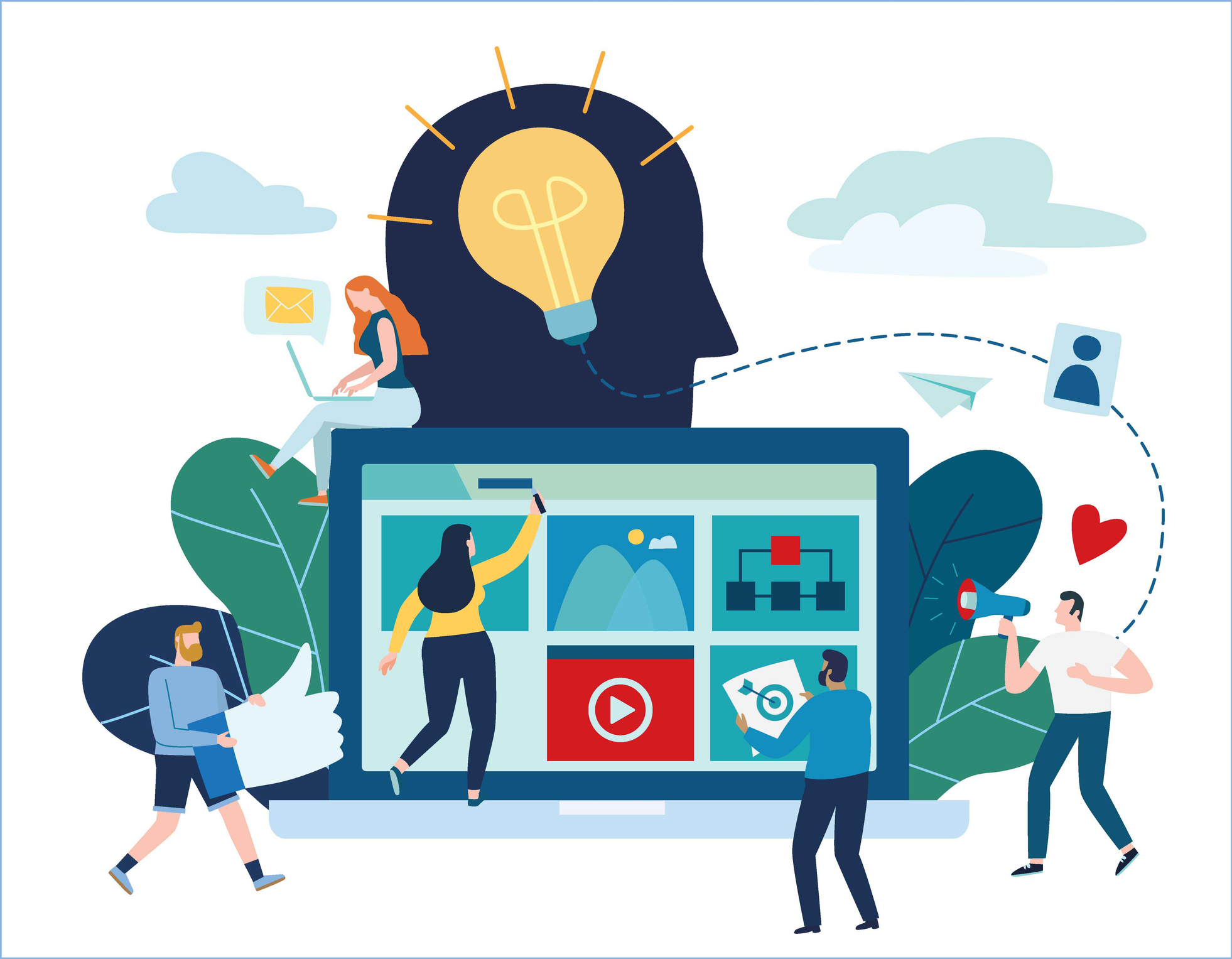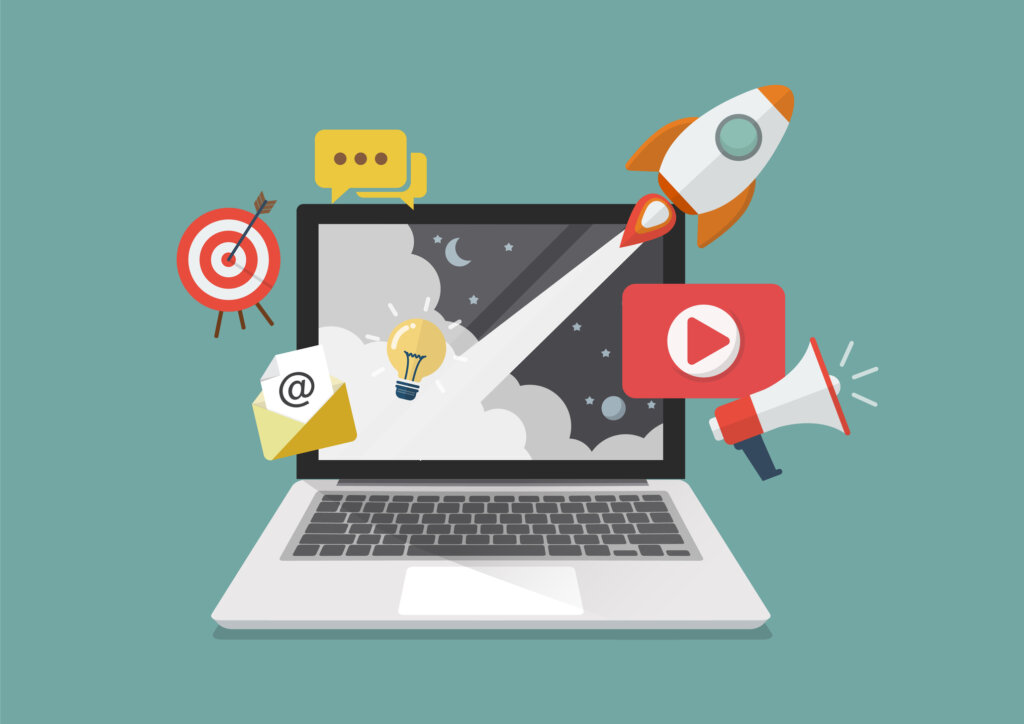
12 Tips for Successful Virtual Ideation
Filed Under: Best Practices, Market Research, Tools & Techniques, Ideation, Strategy Workshops
Working at home and travel restrictions have forced a wholesale migration to the virtual world for consumer research, workshops, and even ideations. New product pipelines need to be filled and waiting for the ‘new normal’ can put companies at a competitive disadvantage. The show must go on, as they say.

Enter the live virtual brainstorming session. Is this a viable option? A host of questions arise pertaining to ideations, as well as workshops like activations and strategy sessions:
- Can you keep the energy level up and the ideas flowing when participants can’t work side-by-side in a room filled with interesting stimuli and table toys?
- We’ve all sat in virtual meetings with unengaged participants multitasking or checked out. How can this be avoided?
- Can virtual ideation generate a robust number of solid ideas?
After testing the waters and perfecting approaches, the verdict is a strong ‘Yes, and…’ Virtual ideation can work and offers some unique advantages over traditional ideation. Some marketing and innovation teams say they prefer the virtual approach and plan to continue it even after travel restrictions are lifted because of the ease of execution.
Reasons for Preferring a Virtual Ideation Session
- Strong output: The number and strength of the ideas are generally consistent with in-person sessions.
- Virtual ideation is more practical and cost-effective than having a team of participants travel to a session. It helps unite co-workers from different office locations.
- A wider range of cross-functional participants can participate since budgets and productivity are not taxed by travel. Greater involvement from R&D, Sales, and outside agencies helps generate diverse ideas and gives everyone a chance to be involved. This often yields greater buy-in.
- There is time to debrief, incubate, and course-correct with a series of mini virtual sessions vs. an all-in and intense one- or two-day in-person session.
- Teams like it! Virtual ideation can create a greater comfort level among participants. Let’s face it, traditional ideation sessions are a mixed bag, with some folks relishing the creative energy and wacky energizers, while others—especially introverts—are less enamored.
12 Tips for A Successful Virtual Ideation
Planning and executing a successful virtual ideation can be challenging, what with ever-evolving technology and platform options. Importantly, participants’ mindsets, expectations, and settings are different for virtual vs. in-person work.
Here are the success drivers for delivering a process that participants find worthwhile and fun and an outcome that meets objectives:
1. Break up what used to be a day-long session into 3-4 shorter segments spread out over a week. Participants like doing 90-120-minute sessions because this doesn’t take up the commitment of their whole day. As the sessions unfold, teams bond, and performance increases. Breakout teams can be strategically constructed based on initial performance, and exercises can be fine-tuned as you go.
2. Use proven technologies and platforms that work with the demands of ideation:
- Working in small teams, where everyone can see each other, interact, and build on each other’s thinking
- Being able to view stimulus and exercise tools in an engaging way
- Capturing ideas easily and consistently
- Having a seamless and anonymous voting system to rank and prioritize ideas on the spot

3. Assuage participant fears about having to learn new technology. Having a facilitator assigned for each breakout team to navigate the technology frees participants to be creative and come up with ideas unconstrained. Leave the technology driving to the experts! (Virtual sessions tend to require more facilitators on deck. Increased labor costs are somewhat offset by savings on room rental and meal costs.)
4. Ensure there is a lead facilitator experienced in leading ideation and new product development.
5. Bring in proven ideators from outside the organization to jump-start new thinking. Ideators, known at C+R as Ideas Builders™, are highly creative consumers trained to be powerhouse idea generators. They should mimic the target consumer, with some leeway, as long as they are involved with your category. Having at least one Idea Builder on each breakout team is ideal.
6. Have a rigorously timed agenda and stick to it, building in physical and mental breaks. Add energizers to combat fatigue, which happens more quickly when meeting virtually than in-person. Manage expectations of what will happen and when.
7. Toggle between working as a full group and breaking into teams. This helps maintain engagement, allows everyone to contribute to the session, and facilitates alignment. When creating teams, remote sessions tend to work better with slightly larger teams (such as 4-6 participants) than would be the case in-person.
8. Set the stage by grounding participants in the strategic opportunity areas and research behind them. This helps ensure the ideas generated are based on true consumer needs. Look for fun ways to bring the research into the session, helping participants internalize the insights.
9. Build in creative exercises and stimulus as you would in an in-person session to stretch thinking and inspire creativity. Vary the types of exercises to engage/activate different parts of the brain and keep the team engaged. However, plan for these exercises to take more time than during in-person sessions. Things move just a bit slower, being remote, to get everyone on the same page.
10. Allow time for sharing and building on each team’s ideas with the full group.
11. Figure out your criteria for idea selection and a voting approach in advance. Voting can be done at the end of each session, in a final voting session, or can be done offline.
12. Schedule debriefs with the client ‘project owner’ after each session. Ideally, these would be held with enough time before the next session to make tweaks and iteratively optimize the session’s mechanics for the specific group of participants.
As more business leaders experience Virtual Ideation, it is likely to become a widespread agile tool for maintaining and even accelerating the pace of innovation.
C+R Research is a leader in virtual innovation and in ensuring consumer insight drives innovation. Planning and facilitating of Activation and Strategy Workshops are also offered. Please reach out to us with any questions and to discuss how we can help you facilitate your next session.
explore featured
Case studies
